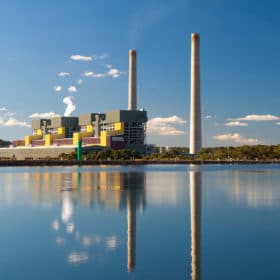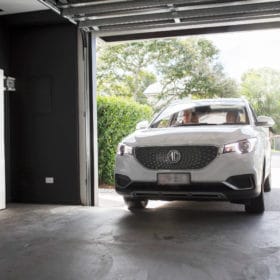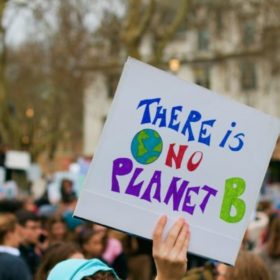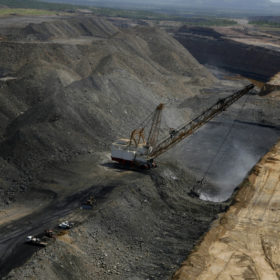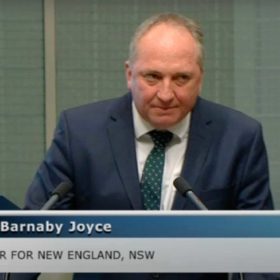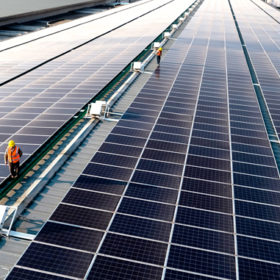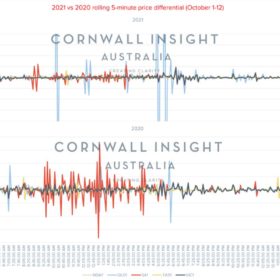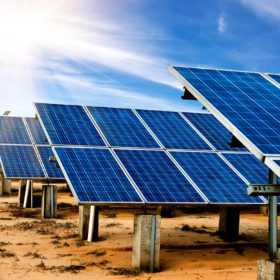Is gas or storage the ideal dispatchable replacement for coal? A NSW case study
Everything you see exists together in a delicate balance. Octopus Investments Australia’s Investment Director of Energy Markets, Lumi Adisa, takes a Lion King-themed deep dive into New South Wales to find out what comes after coal.
When EVs can’t get a purchase …
Car subscription services are not considered in government EV policies at either a state or federal level in Australia, yet studies show they are growing as a preferred way to access a good, clean drive.
COP26: it’s half-time at the crucial Glasgow climate change summit – and here’s the score
The first week of the United Nations climate talks in Glasgow are drawing to a close. While there’s still a way to go, progress so far gives some hope the Paris climate agreement struck six years ago is working.
What is COP26, and why is it important?
Here’s the rundown of everything you need to know about the upcoming Glasgow Climate Summit.
Between the lines, Morrison’s plan has coal on the way out, with the future bright
The most striking feature of Prime Minister Scott Morrison’s long-term emissions reduction plan outlined on Tuesday is not the long-telegraphed commitment to net-zero emissions by 2050, or the promise of a $20 billion clean energy program (around 0.2% of national income annually).
National climate blockers at odds with their electorates
Like many Australians, I’ve watched with growing frustration as the federal government has had another internal stoush over increasing our climate targets. While the Morrison government has finally agreed to adopt a net zero by 2050 target, a handful of National Party members have effectively barred Australia from taking a stronger 2030 target to the upcoming COP26 climate conference.
A business case for energy retailers to help decarbonise the C&I sector
Renewable PPAs and renewable self generation are hard enough for commercial and industrial energy users to factor into their organisational management. Energy market participation is also on the table. Energy retailers hold the keys to tariff design that leverages all opportunities. They just need smarter software, says Flux Federation’s Jessica Venning-Bryan.
I’m pickin’ up good vibrations: 5-minute settlement reviewed
We are just through the first two weeks of 5-minute settlement. While there has been much anticipation regarding the implementation and the potential for drastic swings in prices, we felt it was an excellent time to take a quick look at the pricing outcomes to see if any immediate trends are emerging.
The net-zero bandwagon is gathering steam, and resistant MPs are about to be run over
Prime Minister Scott Morrison appears to be moving towards securing Coalition agreement for a net-zero emissions by 2050. It comes weeks out from the crucial COP26 climate talks in Glasgow, where Australia’s record on global climate action will be heavily scrutinised.
This summer be prepared for hail damaged solar panels
Last year, a day after Halloween, I saw firsthand the result of the most hectic hailstorm I’ve ever endured. Springfield Lakes, Greenbank and a few surrounding Brisbane suburbs got absolutely smoked. It was reported in February that the damage bill had reached at least $805 million. More recent reports have estimated it to be over $1 billion.
